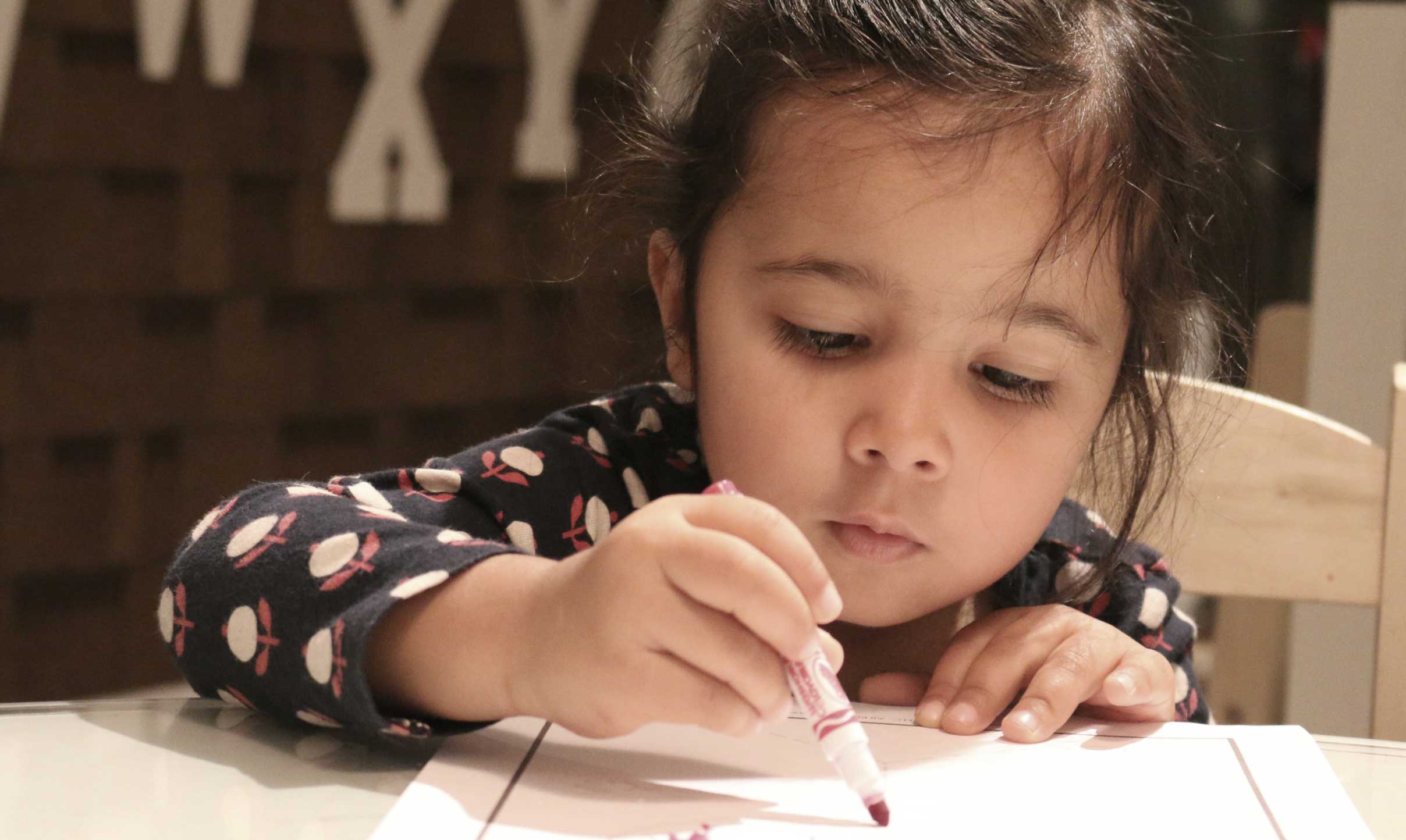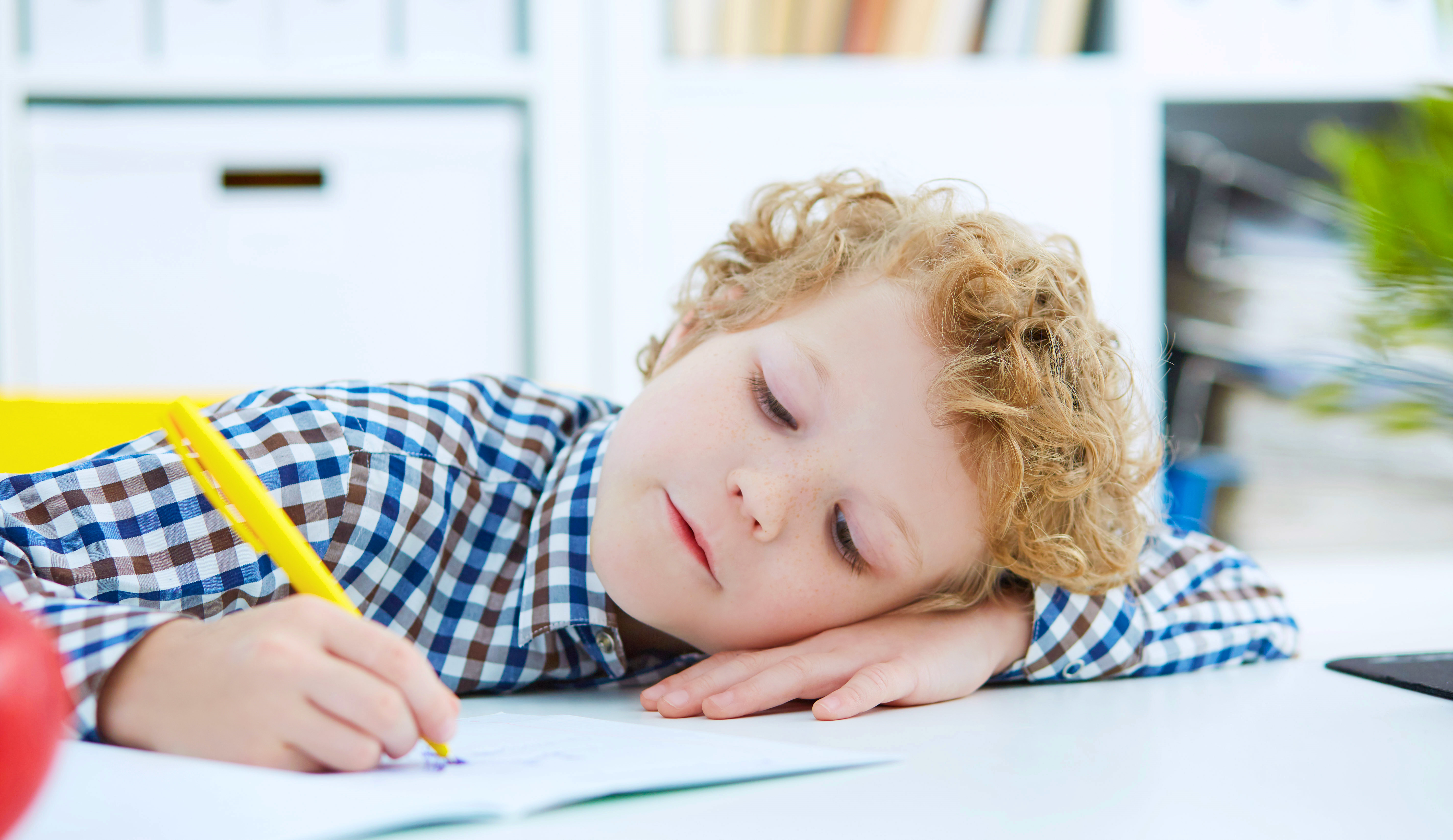Have you ever wondered why self portraits are included on so many kindergarten readiness activities? We get it! It’s difficult to see right away why this would be important in assessing your child’s aptitude. It’s all about working towards success in the future! So much of our focus at Wise Wonder Enrichment is on laying the foundation – and then building upon it – for positive progress throughout a child’s education. This foundation is vital for encouraging growth and inviting little ones to think closely and critically when it comes to reading, writing, and beyond. While direct literacy activities are, of course, necessary in building future readers, it’s important to go beyond them. And a great way to do that is by incorporating those self portraits.
Self portraits begin with simple steps and eventually build until children are able to add details and focus closely on aspects of themselves that are individual and unique to them. We start introducing this artform with our Early Hoots at the age of 2 ½ and watch as the process progresses up to our kindergarteners. Our students love this activity – and we don’t blame them. Self portraits are fun! And while they’re having fun, they’re also learning. But how?

At the start, it’s about fine motor development.
The first step of learning how to draw a person is simple: shape formation. By starting small and showing that a head can be round like a circle, or feet can be long like rectangles, children begin to focus on the act of drawing more intently. This not only helps with their understanding of shapes as a concept, but also with their grip and control in their fine motor development. We use music about each body part which helps them retain and engages their focus more deeply as well. When we begin, the pictures look abstract. By the time they reach the next step, they are developing full fledged pieces of art.
From there, it transitions into developing detail.
Once the basics are set, children are able to start including pieces that are a bit more complex. They can add shirts with buttons, shoes with laces, and more. This advances not only their creative skill but also their ability to take in their surroundings with more clarity and depth. By asking students to describe a specific aspect of their outfit or to think about the exact color of their eyes and hair, they begin to hone both self and spatial awareness. These skills and qualities are crucial in a child’s growth as learners.
And finally, self portraits can build empathy and confidence.
In drawing self portraits, particularly in a group, we discuss what makes us unique and also different from each other. This conversation allows for children to begin to work through how differences make us special and to value those parts of ourselves and others. Self portraits celebrate diversity and are also the most introspective type of art. They invite children not just to think about the exterior, but also the way they want to present themselves overall.

These are a few of the reasons self portraits are found in kindergarten interviews and on readiness exams in the city. Self portraits are a great way to gauge a child’s cognitive abilities while also understanding their personalities. And it’s always fun to track their progress! We love comparing self portraits from September to June. They’re a principal component of our curriculum, and probably the most fun! So find some paper, grab some markers, and get to creating. Your little ones will be better for it.
